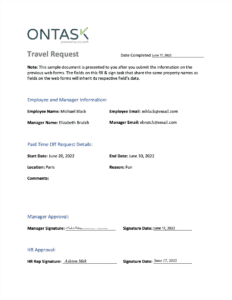Paper contracts aren’t just an administrative task; they are silently draining valuable time, money, and a positive client experience from your home care franchise. This guide breaks down five significant hidden costs of manual paper processes you might be overlooking. Learn how leading home care agencies are solving these problems with smart contract automation to improve everything from employee retention to new client onboarding.
Key Takeaways:
- Delays in Starting Care: Manual processes, from printing to getting physical signatures, slow down patient onboarding, which can lead to a poor first impression and lost referrals.
- Wasted Staff Time: Team members spend hours on manual tasks like printing, chasing signatures, and finding documents, leading to burnout and taking time away from patient care.
- Compliance & Audit Risks: Paper-based systems increase the risk of missing signatures and lost documents, creating potential HIPAA violations and serious problems during audits.
- Negative Client Experience: A stack of physical paperwork can be overwhelming for new patients, especially the elderly, harming their initial impression of your services.
- High Costs of Supplies & Storage: The expenses for paper, ink, filing cabinets, and the physical space they occupy add up, with a single filing cabinet costing about $1,500 in space alone each year.











